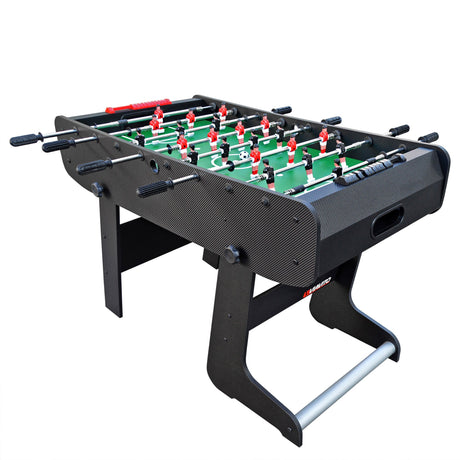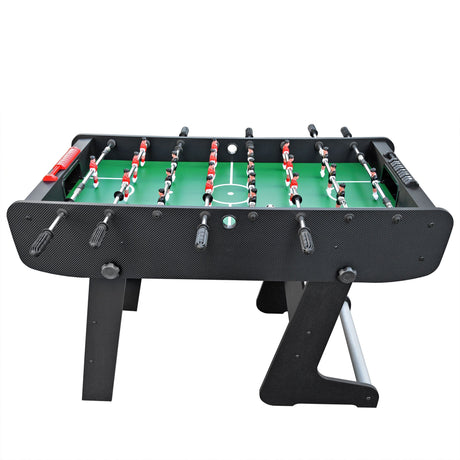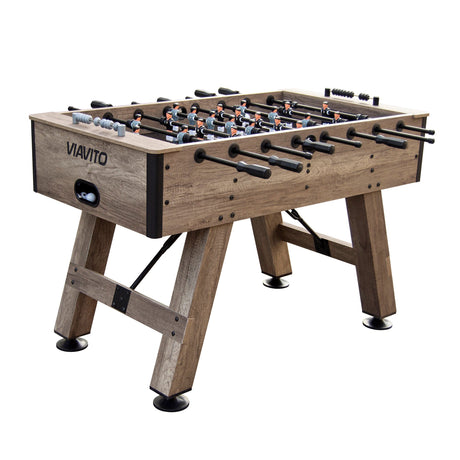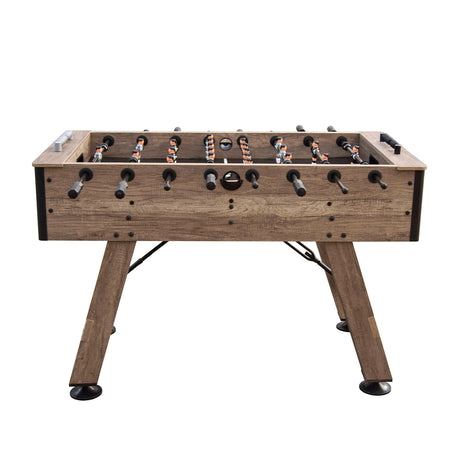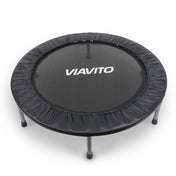Football Tables
-
Viavito FT100X 4ft Folding Football Table
3 interest-free payments of £39.66Save 21% £119.00£149.99Unit price /UnavailableIn stock -
Viavito FT400 4ft Football Table
3 interest-free payments of £33.00Save 34% £99.00£149.99Unit price /UnavailableIn stock -
3 interest-free payments of £99.66Save 40% £299.00
£499.00Unit price /UnavailableIn stock -
Viavito 8 in 1 Folding Multi Games Table
3 interest-free payments of £56.33Save 15% £169.00£199.00Unit price /UnavailableIn stock -
Viavito 4 in 1 Multi Games Table
3 interest-free payments of £49.66£149.00Unit price /UnavailableIn stock -
Roberto Sport Game Football Table
3 interest-free payments of £199.66Save 4% £599.00£623.99Unit price /UnavailableIn stock -
Roberto Sport Scout Football Table
3 interest-free payments of £199.66Save 14% £599.00£695.99Unit price /UnavailableIn stock -
Roberto Sport College Pro Football Table
3 interest-free payments of £249.66Save 20% £749.00£941.99Unit price /UnavailableIn stock -
Garlando Master Champion ITSF - Table Football Table
3 interest-free payments of £383.00£1,149.00Unit price /UnavailableIn stock -
Garlando Pro Champion ITSF - Table Football Table
3 interest-free payments of £259.66£779.00Unit price /UnavailableIn stock -
Garlando Champion Football Table
3 interest-free payments of £216.33£649.00Unit price /UnavailableIn stock -
Garlando G5000 - Table Football Table
3 interest-free payments of £376.33£1,129.00Unit price /UnavailableIn stock -
Garlando Foldy Evolution Football Table
3 interest-free payments of £259.66£779.00Unit price /UnavailableIn stock -
Garlando G-500 Evolution Indoor Football Table
3 interest-free payments of £229.66£689.00Unit price /UnavailableIn stock -
Garlando G-500 Pure White Football Table
3 interest-free payments of £246.33£739.00Unit price /UnavailableIn stock -
3 interest-free payments of £289.66£869.00Unit price /UnavailableIn stock
-
3 interest-free payments of £146.33£439.00Unit price /UnavailableIn stock
-
3 interest-free payments of £156.33£469.00Unit price /UnavailableIn stock
-
Garlando G-5000 Wenge Football Table
3 interest-free payments of £393.00£1,179.00Unit price /UnavailableIn stock
